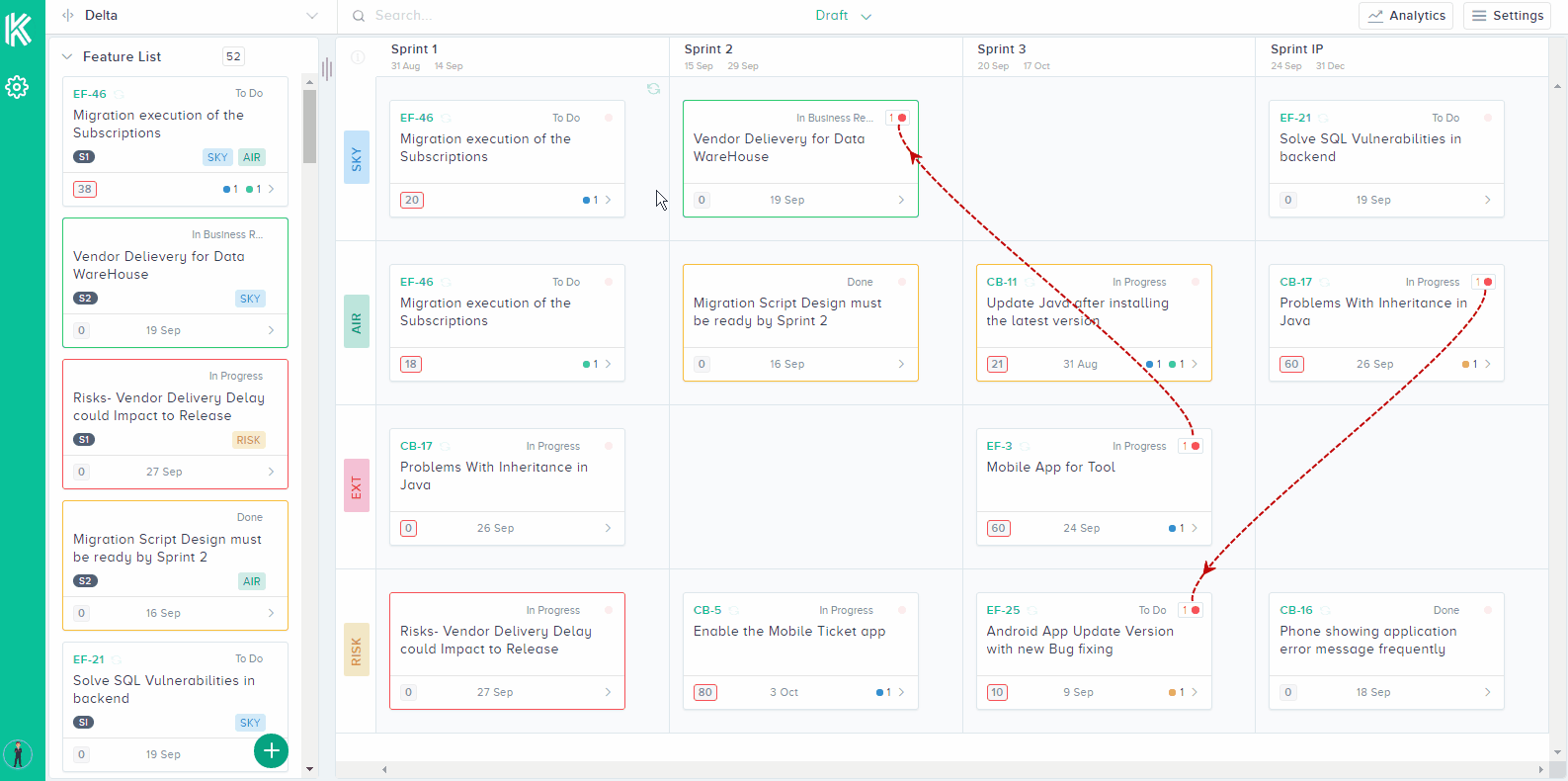Importance of risks cannot be emphasized enough. They can not only affect your progress but can also be a serious threat to your company’s repute, if not identified and mitigated properly. As more and more companies are advancing with agile, larger companies need effective risk management so they can tackle them before time.
Risk management has become an essential part of any company’s planning method. In this article, we will discuss the techniques used in scrum to manage risks.
Scrum is probably the most popular and common framework implemented in agile software development. The reason for its wide use is because it is lightweight, simple to use and produces large outcomes. It can be easily scaled to cater small or large teams that may consist of hundreds or even thousands of practitioners.
Many complain that there is no set method of tackling and handling risks when in fact scrum is all about handling risks. As the co-creator of Scrum, Ken Schwaber says:
“Scrum is a way of controlling risk.”
Every project has a different set of requirements. Ken suggests embracing the true essence of agile that is having an innovative and a colorful approach for dealing with risks. But we have gathered some ways in which risks can be reduced to some extent. To understand how risks can be mitigated, we need to explore the reasons why risks exist in the first place. The causes are listed below:
- Incomplete requirements
- Lack of communication. Teams and Users are not involved
- Incomplete effort
- Unrealistic expectations
- No planning at the organizational level and project level
- No commitment to the combined goal
- Complicated architecture
In Scrum, all of these issues are addressed above, can be set into three categories of risks. Along with these categories, you will also know how these risks can be subdued.
1. Financial Risk
Planning the resources and the cost of any project is extremely vital. To deal with this in scrum, the Product Owner is an extremely important role. They are at the forefront of reducing any financial risks. The Product Owner has to create a plan for how the budget will be utilized in the project. In a way, planning this budget limits their team’s capability and keeps the stakeholders or the customers’ expectations in check. Quicker releases, that are made in short sprints or iterations, are planned. This not only makes it cost effective, but getting feedback at the end of the iterations in which the stakeholders see the progress, is a way of getting quick feedback. So if there are any changes that need to be made, can be easily done. With feedback, the product owner also gets an idea of what is REALLY needed by the customer so they are able to translate their requirements to the developers effectively.
2. Business Risk
Companies think that they can thrive on building the most technologically advanced product there is, but if there is no value or use of it to the users, then it is all a waste. This is a huge business risk. To eradicate this risk, you need to have cross functional teams that are aware of the latest technologies who communicate ideas and brainstorm openly. Stakeholders need to be kept in the loop so that their requirements are completely understood. Teams need to be aware of the collective and common vision.
3. Technical Risk
This is centered on having good technical practices. To reduce this risk, practices like testing, validation and documentation are to be incorporated into the development so that they can be delivered regularly in short increments. This not only ensures continuous integration but gets feedback which is vital and guarantees the opportunity to regularly improve. All of these activities need to be overseen and monitored every day.
Conclusion
Risk management has to be done through all the stages of software development. Encourage having brainstorming sessions before the product is made and during iterations. For all risks, they need to be identified, understood, analyzed to determine their severity, prioritized and followed up. All of this needs to be done with absolute transparency and open communication amongst teams and stakeholders. Prioritize and plan out the high severity risks and regularly inspect them.
About Kendis
Digital boards to manage dependencies, multiple teams and program increments for scaling agile initiatives. Kendis works on top of JIRA and other agile tools, your teams can keep on working with their existing JIRA boards and program level and above is planned and managed at Kendis.
Try out 10 days free trial or book a demo with our product expert.










